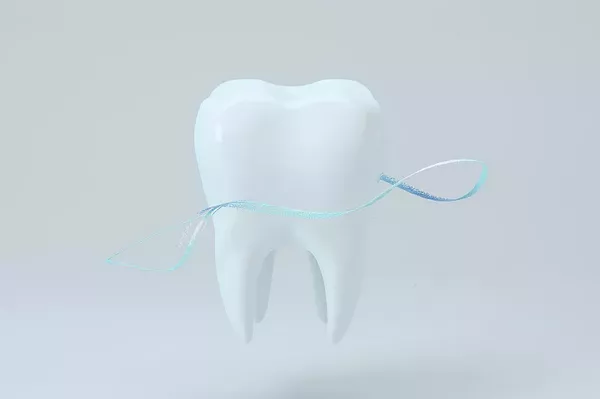What Do Whitening Strips Do to Your Teeth?
There is no doubt that a bright, white smile can make a significant impact on your overall appearance and self-confidence. As a result, many people turn to teeth whitening methods, both at-home and professional, to achieve the desired look. One of the most popular options for at-home teeth whitening is the use of whitening strips. While these strips are relatively easy to use and accessible, it’s essential to fully understand their effects on your teeth.
How do Whitening Strips Work?
Whitening strips are thin, flexible pieces of plastic coated with a whitening gel containing hydrogen peroxide or carbamide peroxide. They are placed over the front teeth and left in place for a specified amount of time, typically 30 minutes, once or twice daily for several weeks.
The active ingredients in the whitening gel penetrate the enamel and reach the underlying dentin layer, breaking down the stains and discoloration. The peroxide molecules react with the colored molecules in your teeth, making them colorless and resulting in a brighter, whiter smile.
Potential Side Effects:
While whitening strips are generally considered safe when used correctly, they may cause some potential side effects.
1.Tooth Sensitivity:
Whitening strips may cause tooth sensitivity, which can range from mild discomfort to severe pain. This occurs when the peroxide penetrates the enamel and reaches the dentin layer, where the nerves are located. If you experience sensitivity, try using a toothpaste designed for sensitive teeth or decrease the frequency of use.
2.Gum Irritation:
Whitening strips may also cause gum irritation if the edges of the strip come into contact with the gums. This can lead to redness, swelling, and even bleeding. To prevent this, be sure to apply the strips carefully and avoid pushing them too far up towards the gums.
3.Uneven Results:
Whitening strips may not provide even results as they only whiten the areas they come into contact with. This means that the areas between your teeth and behind your molars may not receive the same level of whitening.
4.Enamel Damage:
Whitening strips can potentially cause enamel damage if used incorrectly or too frequently. Overuse of whitening strips can weaken the enamel, making it more susceptible to erosion, cavities, and other dental problems.
Conclusion:
Overall, whitening strips can be an effective method for achieving a brighter smile, but it’s essential to use them correctly and carefully. It’s also important to note that while whitening strips can remove surface stains, they may not be effective in removing deep stains or discoloration caused by certain medications or medical conditions. Consult with a dentist if you have concerns about discoloration or tooth sensitivity before using a whitening product.
Related Topics:































